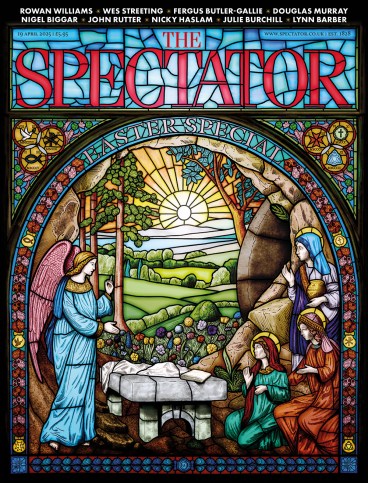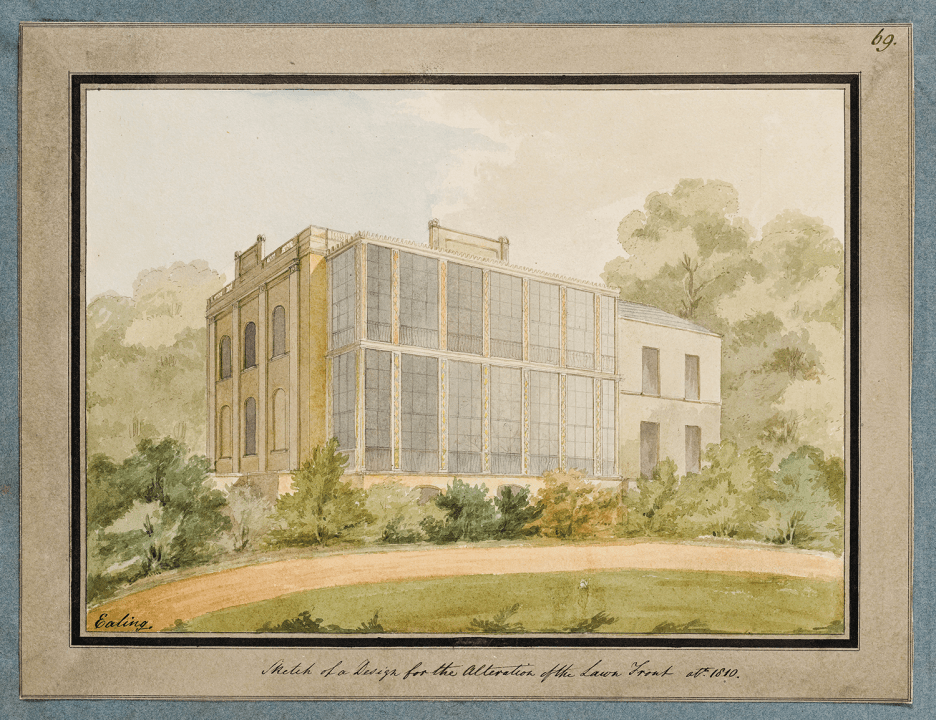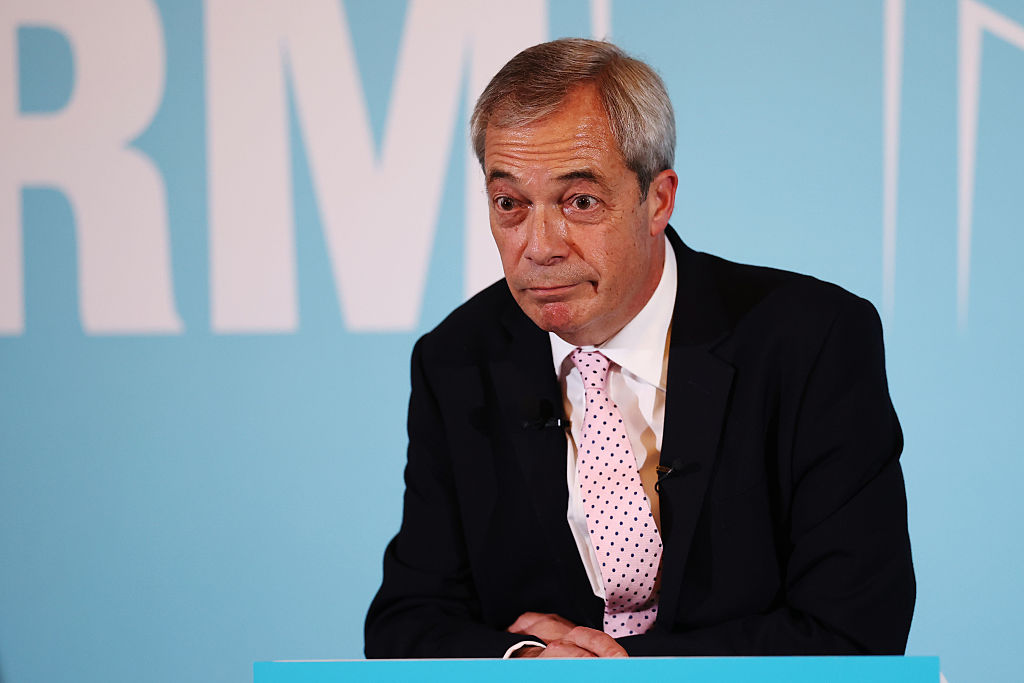
Sir John Soane’s story is a good one. Born in 1753 to a bricklayer, at 15 he was apprenticed to George Dance the Younger and at 18 had moved on to Henry Holland. Later came major commissions, a professorship, a knighthood and gold medals. Fame followed. Along the way he added an ‘e’ to his surname and married Eliza Smith, an heiress whose fortune helped him to buy three houses in Lincoln’s Inn Fields as well as the collection that still fills one of them, which he left to posterity as a museum when he died in 1837.
Soane’s son compared the image of his father in a library to ‘a eunuch in a seraglo’
Success attracts critics, though, and one of the keenest was Soane’s estranged son George. In two anonymous pieces published in the Champion in 1815 he compared the image of his father in a library to ‘a eunuch in a seraglio’ and mocked his buildings for betraying ‘a perversion of taste that is truly admirable’. This was great copy, but bad diplomacy. Eliza said his words had given her a ‘death blow’ and died two months later; Soane disinherited him.
Both of them would feel vindicated by this exhibition, which makes the case that Soane was ‘one of the first modernist architects’ and, in the process, establishes that modern architects have looked more favourably on his work than his son did. The argument that Soane is a proto-modernist is not new, but this is the first time it’s been made in an exhibition. The gist of it is as follows. Soane’s style, at its most severe, was so stripped back and abstract that it almost ceased to be recognisable as what it was: a form of classicism. (What George called ‘perverse’ others describe as ‘eccentric’, ‘idiosyncratic’, ‘individual’.) And because modernists wanted to do away with style, the two are natural bedfellows.
The evidence the exhibition gives for this is drawings by Soane or his assistants, which have been paired with plans, sections and sketches by some of modernism’s best-known names (Le Corbusier, Frank Lloyd Wright, Adolf Loos) and elegantly displayed in cases that have headings which correspond to modernism’s ‘key themes’ and ‘core ideals’, such as ‘Materiality’, ‘Modularity’ and ‘Ornament’.
These are big topics for a small space, but the curators have done an impressive job of working within the constraints imposed by the context – rather as Soane did at the Bank of England. ‘Space and Light’, for example, is pulled off well. There is a clear correspondence between Soane’s solution to lighting Dulwich Picture Gallery and Le Corbusier’s approach to the same problem at the Chandigarh Museum. A section on ‘Engineering’ brings one of Soane’s painstakingly detailed studies of a Swiss bridge together with a drawing by Ove Arup of his Kingsgate Bridge in Durham. Jorn Utzon’s model for the Sydney Opera House, which Arup’s firm helped execute, is displayed above. They make a compelling trio, neatly pointing to the dependence of design on engineering and to Soane’s interest in that relationship, as well as to his knowledge of contemporary structural engineering – which probably exceeded that of many modernists.
Other sections are less successful. In ‘Urban Space’ a view of Lincoln’s Inn Fields and its gardens by George Basevi, one of Soane’s pupils, is juxtaposed with Alison and Peter Smithson’s proposal for the Golden Lane Estate. Beyond a vague thematic link, the two have nothing in common. Soane, the label tells us, approached building with ‘a clear understanding of the neighbourhood’ and ‘intended his houses to contribute to the city’s beauty’. The same cannot be said for the much-lauded Smithsons, whose collage is an excellent reminder of how grateful we should be that Geoffrey Powell won the competition and went on to design the estate with his friends Peter Chamberlin and Christof Bon.
Soane’s style was so stripped back and abstract that you could argue he was a proto-modernist
In the second room two projects by contemporary architects are presented alongside two by Soane. Tony Fretton’s sketchbooks of designs for the Lisson Gallery are shown next to Soane’s sketches for Downhill House. A number of sheets have their respective architect’s notes on them: Soane plainly lists a few ideas; Fretton seems to have transcribed a session with a therapist (‘I don’t want to upset myself’; ‘I draw the same things again and again’). The stronger pairing is between Soane’s Tivoli Corner and Alvaro Siza’s scheme for SAAL Bouca, a public housing block in Porto. The scale and complexity of the buildings is similar and both architects were looking for solutions to a tricky corner, albeit for different reasons. Soane’s was forced on him by a tightly confined site; Siza’s was of his own making.
Soane was an inventive, obsessive and attentive architect. The idea that he was a modernist one, too, is intriguing. In his Royal Academy lectures he spoke about ‘nice distinctions’ and ‘nice discriminations’ in architecture. Where this show succeeds is in encouraging both rather than arguing an anachronism.









Comments